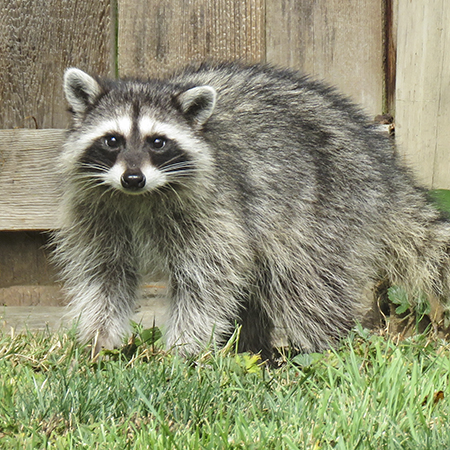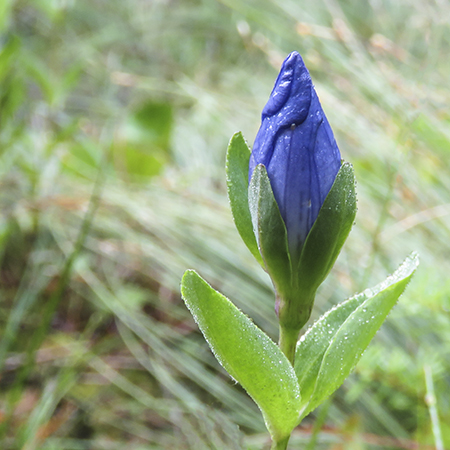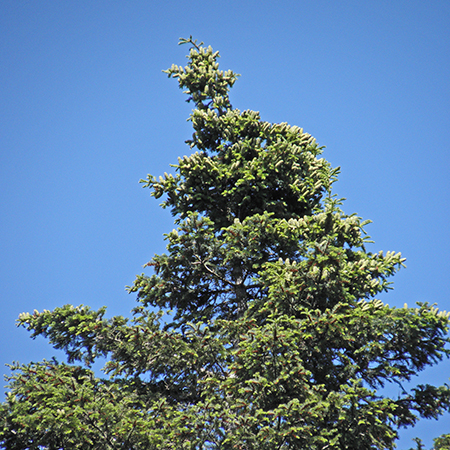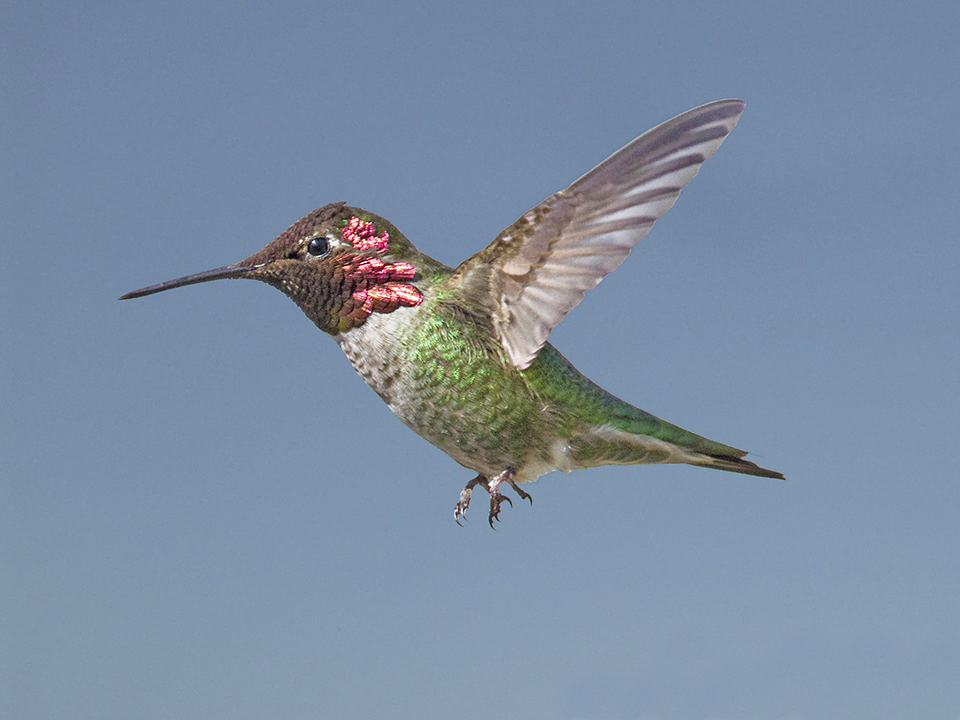My backyard is not a peaceful place of fluttering leaves and twittering birds. Forget that idyllic image of charming, rustic farm life.
It’s war, and I’m losing.
Not that I’ve admitted defeat. Never that.
These days, my vegetable garden is under attack from all sides – a situation that has developed over the years and threatens to get worse in the near future.
In year number one, my only worry was slugs. In the spring, those voracious molluscs rise from the ground at night and mow off my tender young vegetable seedlings, especially the chard and beets. They care not for the nearby weeds. Noooo, the vegetables are much tastier.
To save my supper, I tried a bunch of quirky defenses against slugs – broken eggshells (hah!), copper bands (hah, hah), sprinklings of human hair (as if), and more. I stopped short of trying a beer trap. I only share beer with friends. Slugs are not my friends.
Other people swear by the efficacy of these remedies, but I only swear at them, and at the slugs. I guess other people’s slugs read the organic gardening handbook and react accordingly. My slugs are clearly illiterate and didn’t get past the title page. Unless they developed a taste for paper and ate it.
My next major pest got started in year five of the garden. The neighbourhood family of crows decided it was fun to nip off the leaves of my squash seedlings, newly planted out in the garden. Surveying my garden the day after planting, I would find the amputated leaves and their tiny stems littering the ground. Given that the plants only had two or three leaves in total, they did not respond well to these assaults.
I learned to cover the new squash seedlings with chicken wire until they were established. In response, the crows decided we were playing a game. They started uprooting my baby bean plants when they first lifted their noses above ground.
More chicken wire.
In previous blogs, I’ve told my tales of woe about the corn patch and the marauding raccoons. Then there are the tragedies that are my hazelnut trees and the ravening hordes of squirrels. And don’t get me started on the life-sucking fuzzy aphids in the apple tree.
All of these pests may soon pale into insignificance, though. Why? The rabbits are coming!
A few scouts have already stopped by. The picture at the top of this article shows the havoc one rabbit wreaked on a baby pumpkin. This is Act 1 in the horror movie, the part where ominous music plays in the background.
When I go for an evening walk in the neighbourhood, I see the rabbits – grey ones, black ones, and brown ones. There are big, rangy rabbits and petit button-like rabbits with short ears. Rabbits are too cute. I love rabbits. Fondly, I remember a pair of rabbits I took care of when I was a kid. They were named Peter and Puff and the doe gave birth to two cuter-than-cute baby bunnies. With all the creativity of youth, I named the babies Peter-Puff and Powder-Puff. They were all silky-soft and endlessly adorable.
Sigh.
Of course, I’m incapable of lifting an offensive finger against the feral rabbits moving into my neighbourhood, raiding my garden, and savaging my pumpkins. For the first time in my life, I almost feel sympathy for Farmer McGregor who was forever plagued and thwarted by Peter Cottontail in the books by Beatrix Potter.
For now, all I can do is endure the rabbit damage of this season and plan for the rabbit-proof fence I will install before next spring’s planting. Despite these optimistic plans, though, I find myself shuddering with dread – slugs, crows, raccoons, squirrels, rabbits…what’s next?












